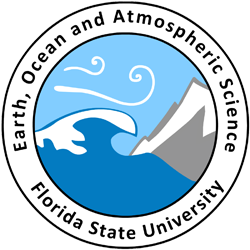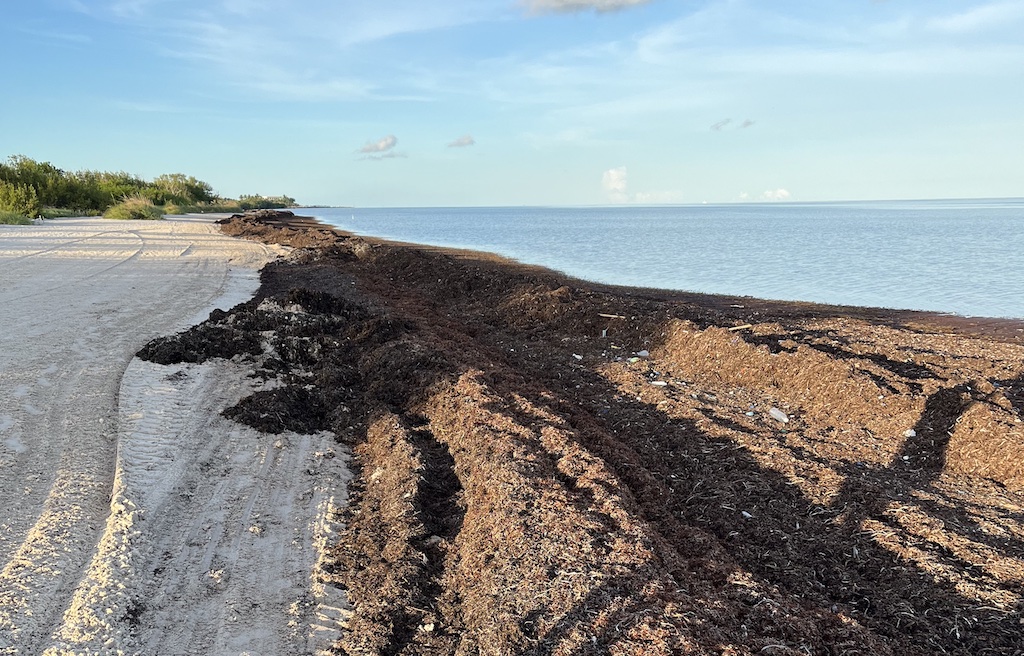Beach biogeochemistry
Sandy beaches occupy about one third of the word’s ice free coastlines, and therefore are disproportionally affected by increased organic matter deposition caused by coastal eutrophication and global warming. Beaches are critical for shoreline protection, are habitat for a number of endangered species, and are a main attraction for tourism. Our research quantifies biogeochemical dynamics and fluxes in the dry, supralittoral, sandy beach to improve the understanding of the degradation process of organic matter embedded in the supralittoral beach.
The biogeochemical functioning of the supralittoral beach in general, and specifically the response of the beach ecosystem to the recent massive organic matter infusions through Sargassum algae is not well understood. This limits assessments of the role of the supralittoral for the coastal carbon and nutrient cycles and the evaluation of potential consequences of anthropogenic impacts as caused by the green and golden tides that push massive amounts macroalgae far onto the supralittoral zone.
Key parameters governing the degradation of organic matter in the supralittoral beach are temperature, moisture and the availability of oxygen and nutrients, and in this project, we are measuring these parameters in carbonate and silicate beaches. These data will reveal general characteristics of organic matter processing in the unsaturated sands and may emphasize the role of the beach as bioreactor at the land-ocean interface. The project highlights the environmental threats imposed by coastal eutrophication and informs scientist and public regarding the consequences of the green and golden tides. Students involved in this project learn how to investigate the beach sedimentary environment and how to address challenges brought by human mismanagement of the marine ecosystem.

